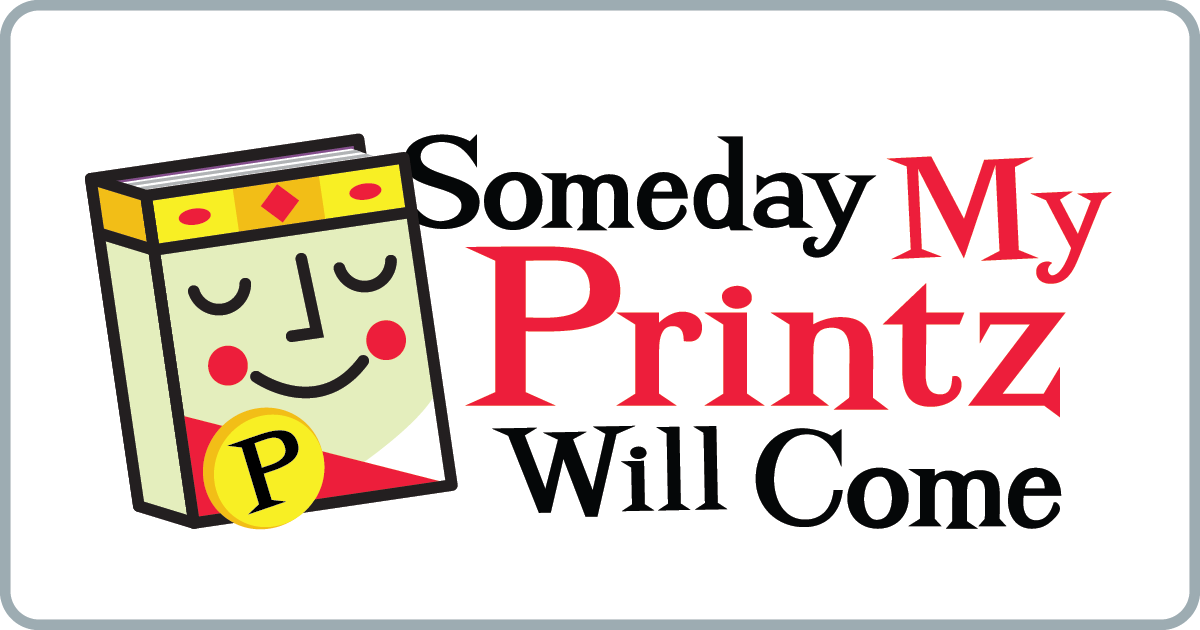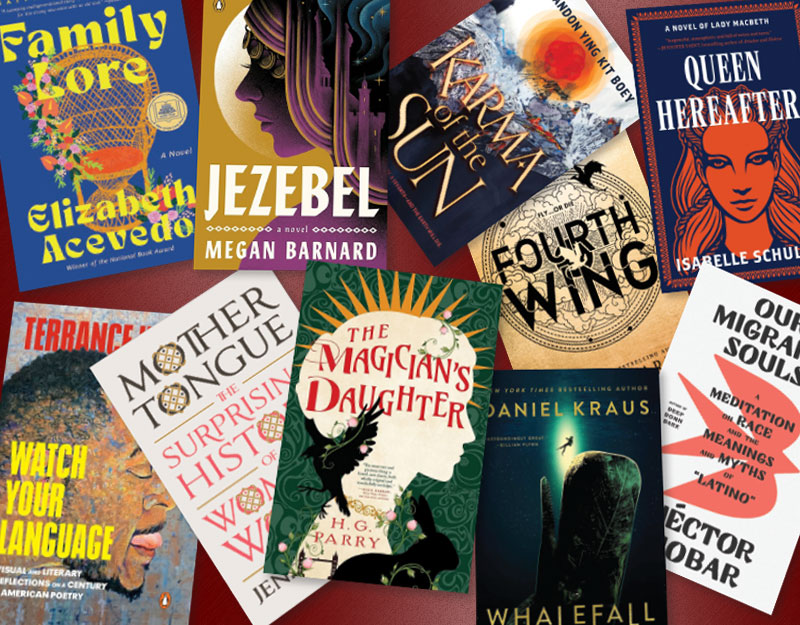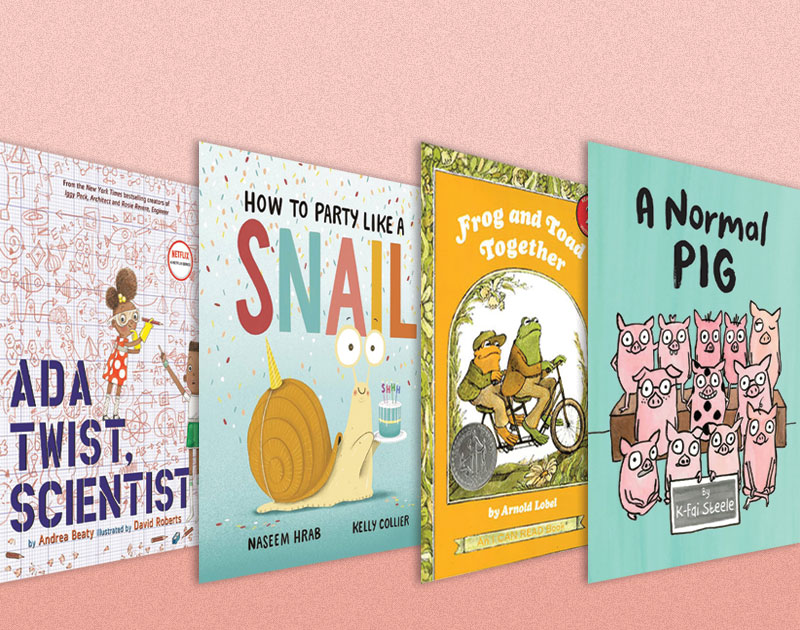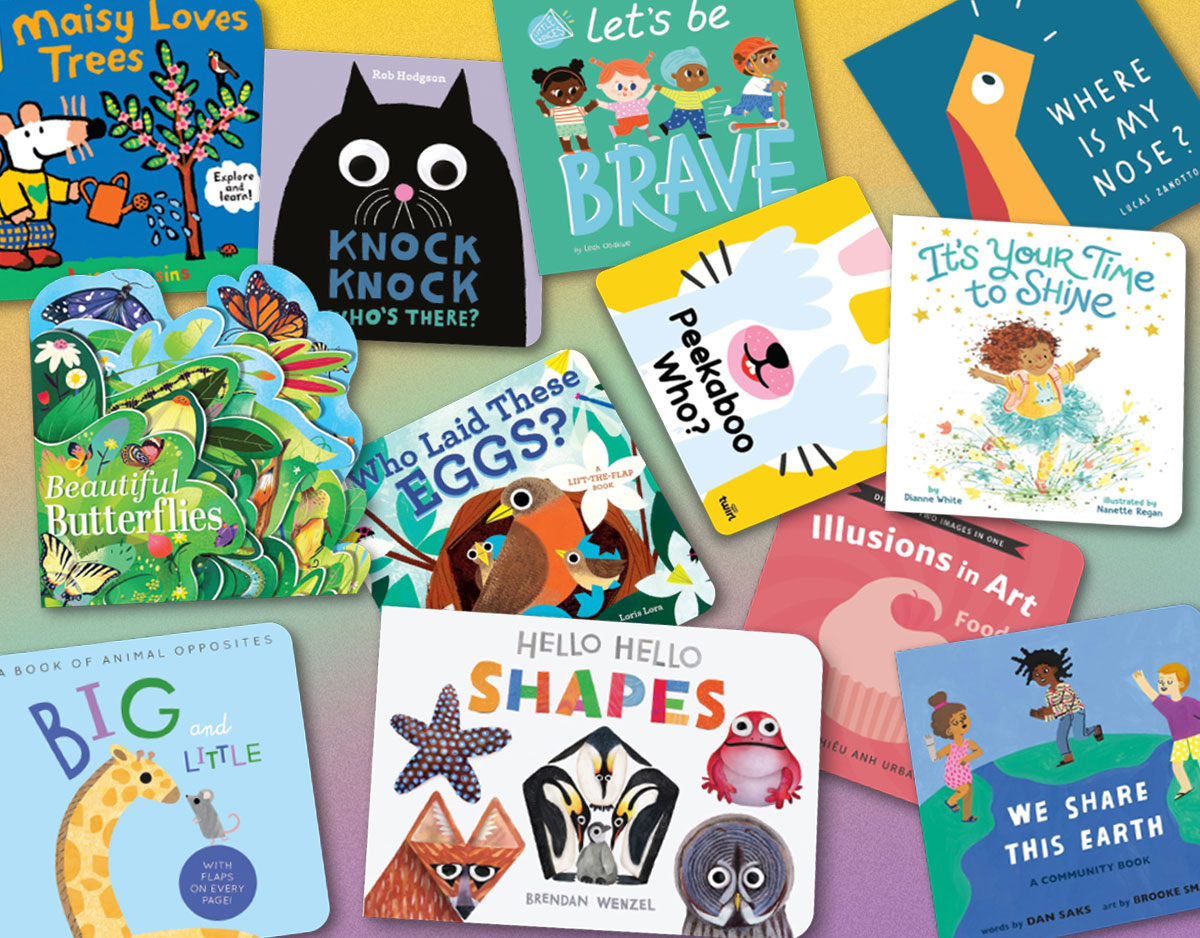SCROLL DOWN TO READ THE POST
Illuminae
 Illuminae by Aime Kaufman and Jay Kristoff
Illuminae by Aime Kaufman and Jay Kristoff
Knopf Books for Young Readers, October 2015
Reviewed from an ARC
So, confession time: I haven’t finished this book yet. I was originally scheduled for my usual Friday post, and I figured I’d have enough time to get to the last page and type up my thoughts in my usual efficient manner (ha). Only, as often happens, life got in the way, and now that my post is due, I’m writing my review, and I’m also still reading. Multi-tasking talents! I have them!
No, actually — not even a little. But what I can do is write up my impressions so far. Illuminae is (and here’s my rationalization for not having finished) a big book — 599 pages. It’s been awarded three stars since its publication in October, and lots of people are buzzing about it.
ADVERTISEMENT
ADVERTISEMENT
This is a dystopia, but it’s a broken up, fragmented, dossier-inspired presentation — told through transcribed debriefing interviews, memos, “Unipedia” entries, chats, stylish and stylized “AIDAN core files,” all of which unite to tell a story of a world smashed, people on the run, and spaceship adventures. Kaufman and Kristoff have two central characters, Kady and Ezra, who have survived an attack on their illegally settled planet but now must contend with disease, possibly evil AI, and the pursuing battleships. In other words, the sci fi tropes are all there — and they’re gripping to read — but beyond the unusual format, there’s not a lot of new here. Illuminae is a fun read, it’s engaging, has a great set up (as the first in a series), and completes its story well (as a single book). But I suspect that it will not reward on reread; these tropes won’t play as beautifully, these characters won’t shine as brightly, this world building won’t be quite as fascinating.
Maybe I’m premature, though (I did mention that I’m still reading, yes?). There are strong characterizations for the two protagonists — Kady is suspicious and angry, Ezra is broken and hurt (and angry). The two leads are fonts of snarky dialog (me=known sucker for this) and full of dark humor. Despite the non-traditional storytelling, readers get a strong sense of who these teenagers are, how tough they are, and how desperate they are. The AIDAN excerpts are very like the Hybrids in Battlestar Galactica — poetic, beautiful, but jarring and edging on confusing. (Meta note: our Final Five jokes are so apropos now, aren’t they?? I WILL NEVER STOP, END OF LINE). They’re also where the design and formatting takes the most chances; you actually have to rotate the books around to read it all — but more on the design later. Because of the storytelling choices, readers get only faint impressions of other people/characters involved in the story, and are expected to do the work to make connections and sketch out details. With updated body counts, running tallies of victims of disease, readers get glimpses of the rest of the world. Despite the near total focus on Kady and Ezra, background characters eke out an almost negative space in the narrative and make their presence felt. Even the writer for the Illuminae Group manages to get a few snarky remarks in now and again: “Sure, the story kicks off with the deaths of thousands of people, but god forbid there be cussing in it, right?”
My reading thus far did make me remember the twitter conversation “two white people fall in love.” And while it’s not this particular book’s fault, and while I maintain that this is a pretty great read, it is also a Thing that this book reproduces. Maybe this impression will be lessened as I keep reading? Or maybe as the series continues? Maybe the story will spread out and feel as grandly epic as the action that fuels it? And it will be a little more inclusive as the focus spreads out?
And now it’s time to have a paragraph on the design. It’s really creative, it’s gorgeous, and it elegantly supports all the work that the authors have done. To take one example, “the hacktivist website” Unipedia pages include web elements on each page. “Create ID” is immediately followed by “Who U?” at the top. The tagline is “Eyes and Mouth Open.” One of the recurring tabs on Unipedia is “Yon Days of Yore.” These little details add up; cumulatively, they tell us a lot about the world that Kaufman and Kristoff have created. The AIDAN pages are gorgeous, white words on a black background. Almost every time we get an “I” we get an <error> message, and it all flows down the page like poetry:
I could have told them that would happen.
I?
<error>
So…this is kind of a jumbly mess of a review here. Let me try to sum it up. This is a fun book, and definitely a wild and memorable ride. I am going to keep reading it; I think it’s going interesting places. I’m not ready to say that it will end up in the Final Five, but I turn it over to you, who have probably finished reading it. What do you think?
Filed under: Books to look for, Fiction
About Sarah Couri
Sarah Couri is a librarian at Grace Church School's High School Division, and has served on a number of YALSA committees, including Quick Picks, Great Graphic Novels, and (most pertinently!) the 2011 Printz Committee. Her opinions do not reflect the attitudes or opinions of SLJ, GCS, YALSA, or any other institutions with which she is affiliated. Find her on Twitter @scouri or e-mail her at scouri35 at gmail dot com.
ADVERTISEMENT
SLJ Blog Network
2024 Books from Pura Belpré Winners
In Memorium: The Great Étienne Delessert Passes Away
Winnie-The-Pooh | Review
Finding My Own Team Canteen, a cover reveal and guest post by Amalie Jahn
The Classroom Bookshelf is Moving
ADVERTISEMENT
ADVERTISEMENT







